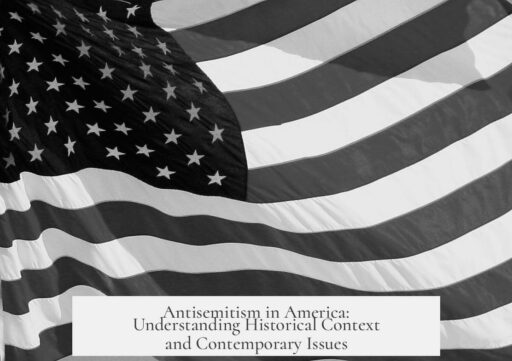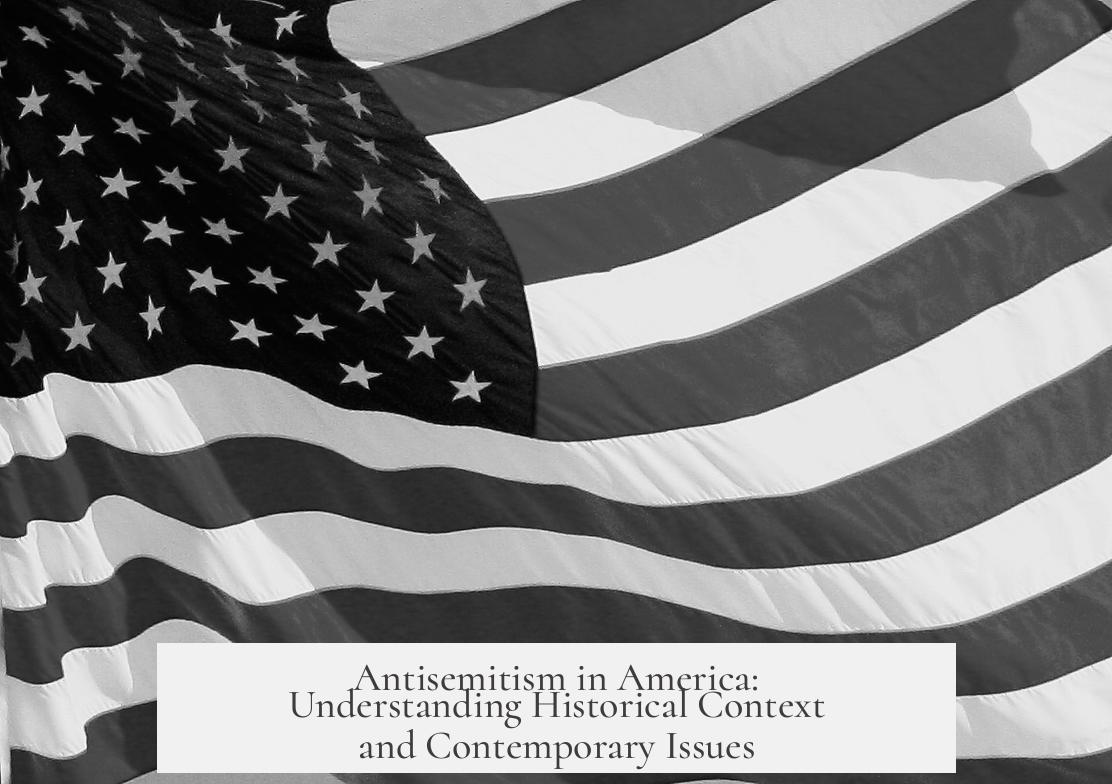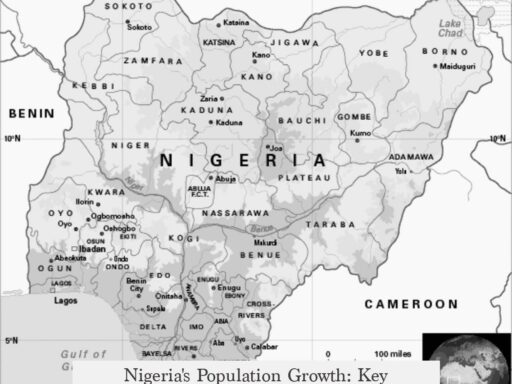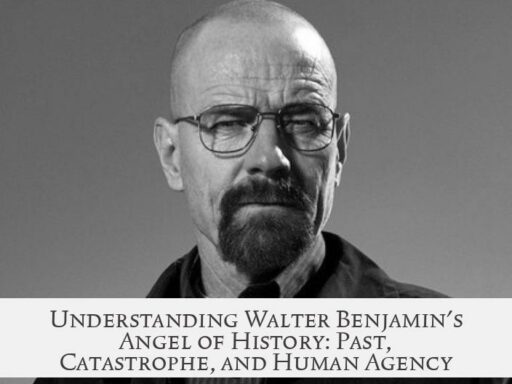“AMA with Antisemitism, U.S.A.: A History Podcast” explores the multifaceted history of antisemitism in the United States, addressing topics from early American Jewish experiences to contemporary issues such as antisemitism in academia, political rhetoric, and social movements.
The podcast delves into how antisemitism in the US has evolved over centuries. Early American Jews faced less visible but persistent biases prior to large immigration waves in the late 19th century. Unlike European pogroms, overt violence was rarer in America, yet social exclusion and stereotypes persisted. Jews experienced discrimination in education, housing, and social clubs.
For example, college admissions incorporated interviews to screen Jewish applicants, reflecting underlying antisemitic attitudes. Educational barriers extended to Jewish teachers facing challenges entering public school systems. The public education response to Jewish families varied but often reflected broader societal prejudices alongside Catholic immigrant impacts.
Antisemitism in America interacted complexly with race and whiteness. The podcast highlights debates about Jewish identity and its racial classification. Jews’ access to “whiteness” was unstable compared to other immigrant groups. Factors such as appearance, community assimilation, and systemic prejudices influenced this status.
The phenomenon of antisemitism consistently ebbs and flows, often corresponding to Jewish social visibility and power. This cyclical pattern emerges in episodes discussing historical waves of antisemitism, such as the McCarthy era when Jews were wrongly linked to communism and espionage. Around 20% of Americans then believed Jews were communists, showing how conspiracy theories fueled prejudice.
- Conspiracy theories about Jewish control of world affairs are covered extensively, tracing origins to fabricated texts like “The Protocols of the Elders of Zion” which still influence modern antisemitic rhetoric.
- Such conspiracies overlap with other far-right beliefs, illustrating how antisemitic views can morph into broader extremist ideologies.
- Efforts to redirect those enmeshed in antisemitic echo chambers are discussed, focusing on patient dialogue and fact-based challenges.
The podcast also explores the tension between Judaism as a religion and Zionism as a political movement. Recent decades have seen popular culture and activism dissecting these identities. The conflation or division of anti-Zionism and antisemitism is a recurring theme, with some arguing anti-Zionism stems from legitimate criticism of Israeli policies, while others trace it to latent antisemitism or deliberate reframing to mask prejudice.
Left-wing and right-wing antisemitism are differentiated by their origins, rhetoric, and public response. The left may criticize Israeli policies while occasionally crossing into antisemitic tropes, whereas right-wing antisemitism often includes explicit anti-Jewish conspiracy theories. Public and political reactions to these forms also vary, with historical and current examples.
Post-Holocaust America witnessed shifts in the public tone towards Jews. Although overt antisemitism became socially discouraged, subtler forms persisted. The podcast discusses whether antisemitism actually decreased or simply became less openly expressed, citing the dual legacy of Holocaust remembrance organizations and critiques they face.
The podcast addresses specific historical events illustrating American antisemitism:
| Event | Significance |
|---|---|
| Leo Frank Case | Deepened tensions between Jews and Gentiles, symbolizing southern antisemitism and injustice in the early 20th century. |
| 1939 Nazi rally at Madison Square Garden | Visible domestic Nazi sympathies and antisemitic agitation in the US prior to WWII. |
| Operation Paperclip | Jewish communities reacted strongly to US recruitment of former Nazis, concerned about antisemitism and injustice. |
| Skokie Neo-Nazi March | Highlighted tensions between free speech rights and protection against hate in Jewish communities. |
The role of political leaders is examined, noting rare instances when officials sided with antisemitism or gave tacit endorsements. The podcast addresses how antisemitism can be embedded in laws such as Blue Laws that disproportionately affected Jewish businesses by enforcing Sunday closures tied to Christian traditions.
Regarding antisemitism in education, admissions at elite US colleges historically involved measures to limit Jewish enrollment, including the shift to holistic reviews to mask quotas. Antisemitism in American academia continues to be a concern, especially on campuses where anti-Zionist activism can overlap with antisemitic sentiments.
Islamist and far-left antisemitism are evaluated in the context of broader geopolitical issues, including Palestinian nationalism. The podcast explores how antisemitic narratives rooted in ideological and religious sources can migrate into secular Western societies, posing new challenges to combating bias.
Terminology including the use and origin of the term “antisemitism” is critically assessed. Originating from a 19th-century anti-Jewish ideologue, the word carries historical baggage. Alternatives like “Jew hatred” are proposed by some to clarify intent and avoid political connotations.
Definitions such as the IHRA antisemitism framework are discussed, including debates over their utility in legal, social, and educational contexts. Alternative definitions and their interactions are explored, reflecting tensions about how best to capture the scope of antisemitism without conflating criticism of Israel or Zionism.
Finally, the podcast touches on Jewish communal responses to antisemitism. This includes the establishment of Jewish country clubs in response to exclusion, engagement in civil rights, and diverse political stances within the American Jewish population. The rise of insular Hasidic communities is sometimes framed as a reaction to enduring antisemitism.
Key takeaways:
- Antisemitism in the US has deep historical roots, evolving in form and intensity over centuries.
- Educational, social, and political discrimination shaped Jewish American experiences significantly.
- Conspiracy theories continue to fuel antisemitic beliefs despite being debunked repeatedly.
- Debates over terminology and definitions of antisemitism reflect ongoing challenges in addressing it fairly.
- Left- and right-wing antisemitism differ in motivation and public perception but both pose serious concerns.
- Jewish communities have responded to antisemitism through organization, cultural adaptation, and political activism.
AMA with Antisemitism, U.S.A.: A History Podcast – Unpacking the Complex Layers of Jewish American Experience
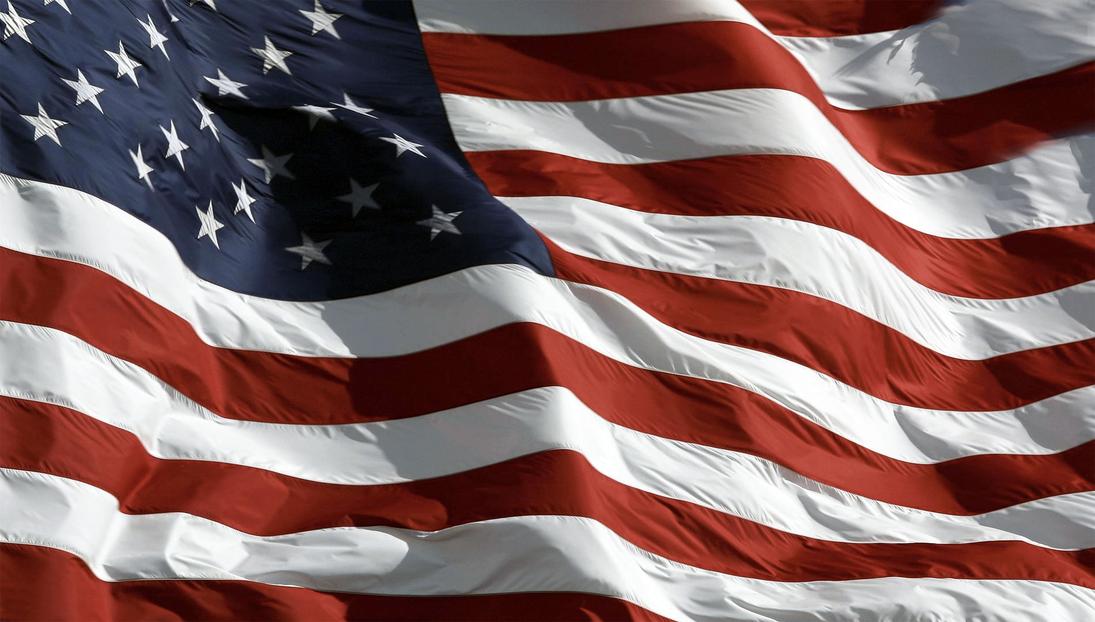
Antisemitism in America is a tangled tapestry of history, stereotypes, identity, politics, and culture— and this deep dive into an AMA with Antisemitism, U.S.A.: A History Podcast reveals the many threads that form that pattern. From college admissions to Cold War politics, definitions, and conspiracy theories, the conversation shines a bright light on facts and angles often overlooked.
Ready to unravel some challenging, nuanced truths? Buckle up—this journey is detailed, factual, and peppered with enough mildly humorous commentary to keep it engaging.
College Admissions and Jewish Stereotypes: Did Schools Screen Applicants by Looks?
Let’s clear this up from the start: Yes, college interviews in early 20th-century America had a darker undertone. Elite universities, particularly Ivy League institutions, sometimes used interviews and subjective “character assessments” to filter Jewish applicants.
These schools aimed to limit Jewish enrollment as their numbers rose dramatically in the waves of late 19th and early 20th-century immigration. It’s documented that they employed quotas and discriminatory practices under the guise of “holistic review.” The folklore about “Jewish features” playing a role in interviews is partially true, though this was more about coded language and social cues than a checklist of facial attributes.
Why? Institutions feared shifts in cultural dominance and class structure. The admission process cleverly masked anti-Jewish intent in bureaucratic language, setting a precedent for educational discrimination that lasted decades.
Jewish Identity and Zionism: A Complex Modern Rift
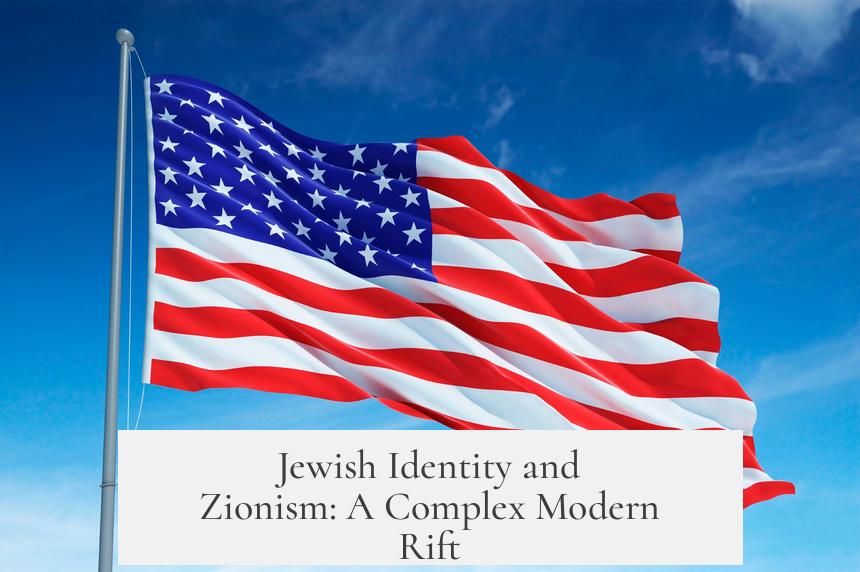
The dividing line between Judaism (religion/ethnicity) and Zionism (political movement) has sparked a tense dialogue in recent years. Some see this divide as a symptom of latent antisemitism; others argue it responds to Israel’s policies towards Palestinians.
Truth is complicated. Antizionism sometimes serves as a cover for antisemitism, while other times it represents legitimate political critique of Israel. Moreover, there’s a growing trend to reframe anti-Zionism as antisemitism outright, which muddies the waters for honest debate.
Is the rift new? Not quite. Historically, Jewish communities have always debated Zionism’s goals and methods, but the cultural and political significance has intensified in the 21st century, especially on college campuses and in activist circles.
Why Is Antisemitism Sometimes Viewed as a ‘Less Important’ Prejudice?
David Baddiel’s Jews Don’t Count highlights a striking perception — many progressive activists downplay antisemitism compared to other bigotries. This doesn’t just pop out of nowhere.
Historically, antisemitism was often isolated or “othered,” viewed as a distinct or even quirky problem rather than an urgent human rights issue. Part of this stems from Jews’ fluctuating racial and social status in America, where they often straddled identities.
This perception arises from complex intersections of history, politics, identity, and even internalized stereotypes — making antisemitism harder to categorize and prioritize, sadly diluting efforts to combat it effectively.
Public Education’s Response to Jewish Families and Teachers
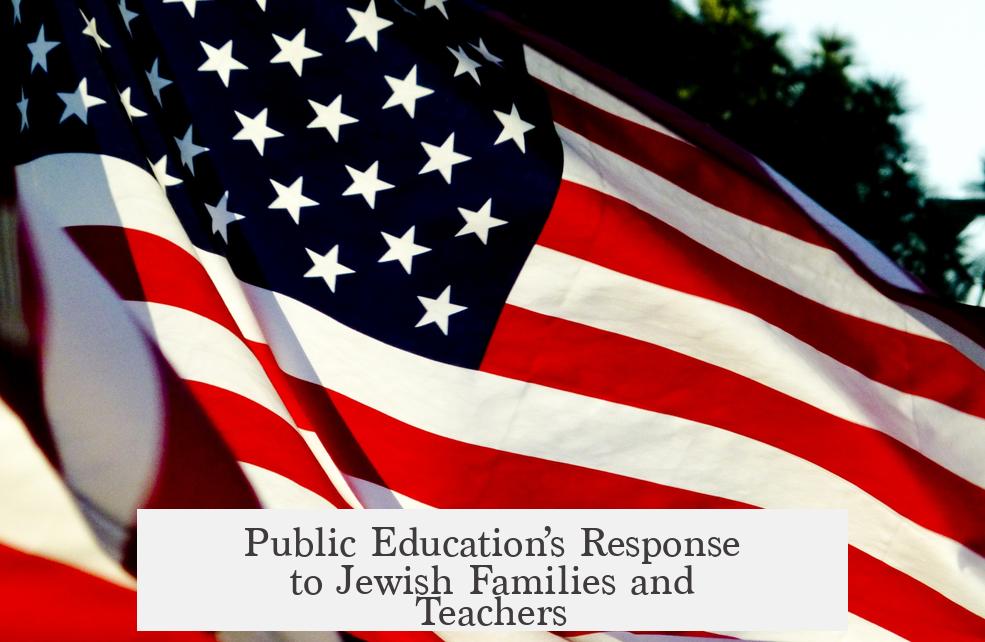
Unlike the Catholic influx that prompted clear shifts toward parochial schools, Jewish families’ arrival in early 20th-century America did not trigger an outright public school schism. Public education generally treated Jewish children similarly to those from other religious groups but wasn’t free from antisemitic undercurrents.
Jewish teachers faced professional barriers but gradually integrated into teaching corps, contributing richly to American education despite prejudice. While antisemitism was not formally institutionalized in schools the way anti-Catholicism galvanized new institutions, hostility existed socially and subtly within classrooms.
The Term “Antisemitism”: Origins and Utility
The word “antisemitism” was coined by Wilhelm Marr, a 19th-century Jew-hater who used it to attack Jews politically. This origin troubles some, as does its use implying Jewishness as a political problem. It’s also frequently used anachronistically—for example, applying “antisemitism” to events before its invention.
Alternatives like “Jew hatred” are clearer but less popular academically. Despite flaws, “antisemitism” remains the standard term mainly because it captures a historically consistent pattern of anti-Jewish prejudice, discrimination, and violence.
Is continued use tacit acceptance of Marr’s views? Not really; language evolves, and reclaiming terms like this can neutralize their original spiteful intent. For those concerned about precision, context is essential.
Jews and McCarthyism: The Red Scare’s Jewish Target
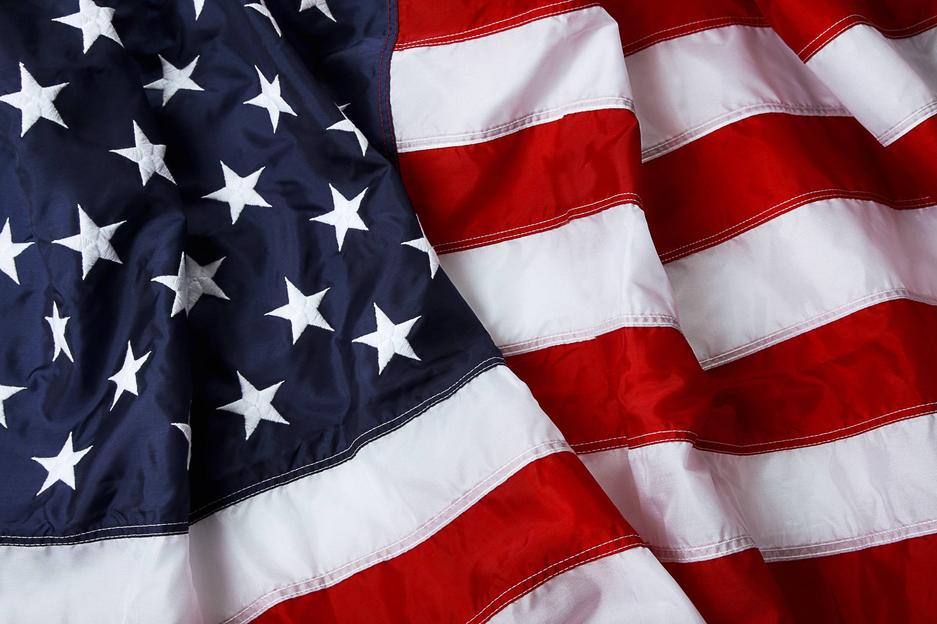
During McCarthyism, Jews were disproportionately scrutinized, often unfairly linked to communism and espionage. Although Jewish figures like Roy Cohn and G. David Schine worked closely with McCarthy, widespread suspicion stemmed from anxieties over communism, Jewish visibility in intellectual fields, and Cold War paranoia.
Public perception that Jews dominated atomic spying came partly from high-profile cases (the Rosenbergs) and ingrained stereotypes about Jewish intellectualism and political radicalism. This era produced a chilling effect on Jewish political expression and amplified antisemitism under the guise of national security.
Bigotry Comparisons: Pogroms and Lynchings
Late 19th-early 20th-century observers did draw parallels between brutal Russian pogroms and American lynchings, recognizing both as expressions of racial and ethnic hatred. However, these comparisons rarely led to shared activism—largely due to America’s complicated racial hierarchy and different societal contexts.
Still, acknowledging these parallels highlights shared struggles against vicious violence and systemic oppression, enriching understanding of antisemitism and racism as intertwined phenomena.
Cold War, Soviet Anti-Zionism, and American Far Left
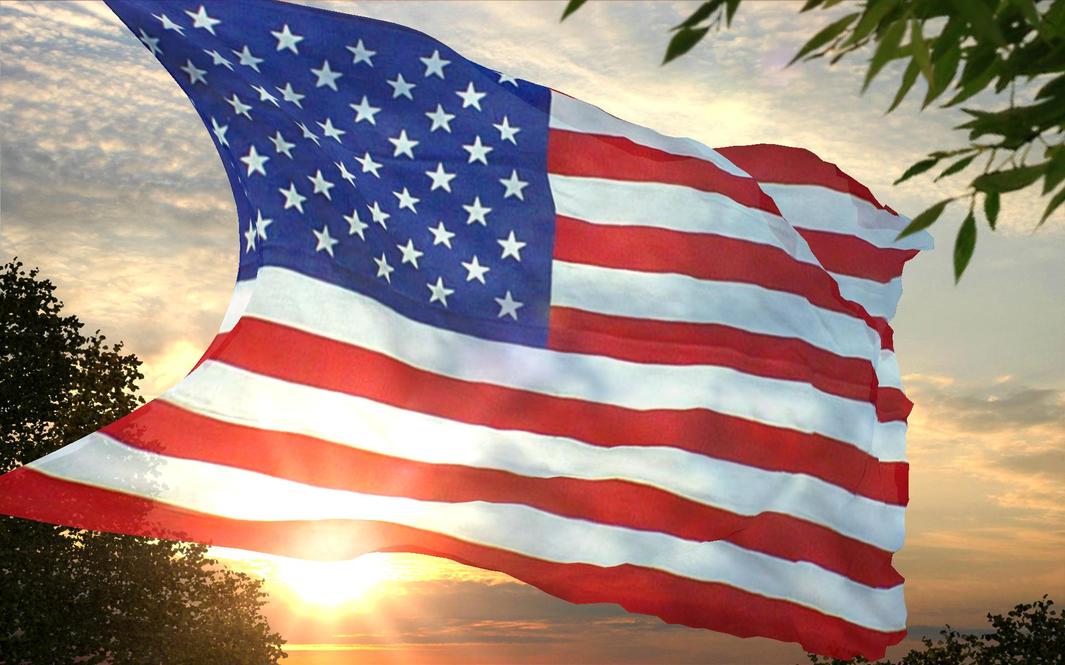
After Israel’s 1967 victory, the USSR’s narrative painted Zionism as racist imperialism, launching a wave of anti-Zionist, and often antisemitic, propaganda worldwide. This shift echoed in some segments of the American Far Left, which increasingly adopted anti-Zionism, blending Cold War politics with emerging progressive critiques.
This historical context helps explain contemporary tensions on left-wing campuses and activist circles, where anti-Zionism sometimes crosses into antisemitism, reflecting layered ideological and geopolitical influences.
The Jewish Community’s Reaction to Operation Paperclip
The revelation that the US recruited former Nazis under Operation Paperclip shocked many American Jews. Reactions ranged from outrage to pragmatic concern about Cold War priorities overriding moral considerations.
While documented instances of antisemitism directly linked to Paperclip personnel (such as at NASA) are limited, the ethical controversy deeply unsettled Jewish communities, who felt betrayed by government compromises that appeared to ignore Nazi atrocities in favor of scientific gain.
Flavors of Antisemitism in America: The Islamist Strain and Its Challenge
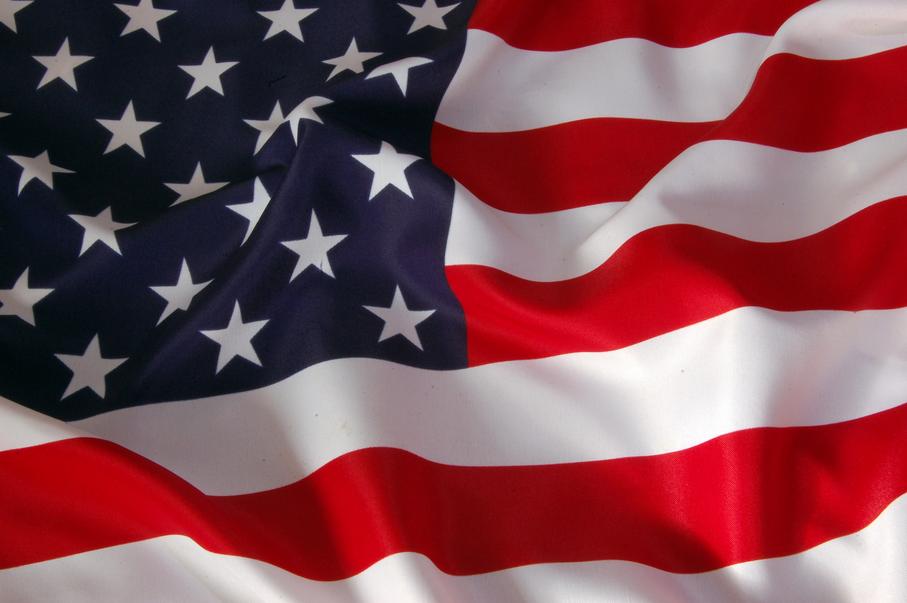
The Islamist form of antisemitism in America intertwines with the Israeli-Palestinian conflict and the rise of Palestinian national identity. Some propaganda echoes medieval blood libels, making combating this strain complex due to its ideological and religious roots.
Addressing such deep-seated antisemitism requires nuanced approaches that consider its reinforcement in some mosques and secular Western spaces. Education, interfaith dialogue, and vigilant monitoring are critical, though the path is challenging due to ideological entrenchment.
Defining Antisemitism: IHRA and Beyond
The International Holocaust Remembrance Alliance (IHRA) definition of antisemitism is widely adopted by governments and organizations, but critics argue it can conflate legitimate criticism of Israel with antisemitism.
Other documents like the Nexus definition and Jerusalem Declaration on antisemitism seek to clarify boundaries, striving for balance. Academics generally favor clear, historically grounded definitions to disarm misuse on all sides.
The interaction of these definitions reflects evolving discourse, aiming to combat antisemitism effectively without stifling rational debate.
Antisemitism in American Academia: A Surprising Reality?

American academia, often assumed to be a liberal bastion, has experienced spikes in antisemitic incidents recently, including contentious senate hearings.
This isn’t wholly new; antisemitism has bubbled under the surface on both left and right for decades. The current visibility owes to social media amplification and heightened political polarization, revealing tensions among historically Jewish-aligned communities and new ideological divides.
Pre-Industrial Era: American Jews in Early-to-Mid 19th Century
Before the large immigration waves post-Civil War, American Jews were a small, mostly German-speaking community. Antisemitism was less pronounced, partly because Jews were less visible as a distinct social group then.
Nonetheless, nativist sentiments did exist but targeted immigrants broadly rather than Jews specifically. This period laid groundwork for the more virulent antisemitism that emerged with mass Eastern European Jewish arrivals.
Eastern vs. German Jewish Immigrants: Was Distinction Clear?
Non-Jewish Americans had a rough idea about differences between German Jews—seen as “civilized” and assimilated—and Eastern European Jews, labeled Ostjuden as “uncivilized.”
However, to many outsiders, Jews were a monolithic group, with stereotypes applied broadly. Assimilation and socioeconomic status offered some distinction but did little to prevent widespread antisemitic association between all Jews.
American Jews and “Whiteness”: An Unstable Status
Unlike Italian or Polish immigrants who were gradually absorbed into whiteness, Jewish whiteness remained unstable, often conditional and challenged by antisemitic ideologies.
Jews could “pass” socially as white but remained racialized as separate by many. This liminal position reflects complex American racial dynamics, where antisemitism disrupted full acceptance despite Jewish cultural assimilation.
US Support for Israel: Solving the Jewish “Problem”?
After World War II, American support for Israel partly emerged from a desire to provide Jews a homeland—a way to address what was called the “Jewish problem,” meaning social tensions from Jewish integration challenges.
This was alongside genuine sympathy post-Holocaust and Cold War strategic interests. However, the idea of “exporting” Jews to Israel was often loaded and reflected lingering prejudice rather than only humanitarian concern.
Antisemitic Dog-Whistles: Recognition and Response
Dog-whistles targeting Jews can be sneaky—references to “globalist” elites, “controlling” bankers, or “dual loyalties” are some examples.
Calling out dog-whistles involves making hidden messages visible without giving extremists an excuse to claim censorship. Education and public awareness campaigns can equip communities to identify coded antisemitism and demand accountability.
When Did Jews Stop Being “Semites” and Become “White”?
The racial classification of Jews evolved in the 20th century. Native-born American Jews began being seen as white, especially post-WWII, due to socioeconomic mobility and pressure to assimilate into dominant European-American norms.
Before that, Jews were often viewed as ethnically distinct Semites, perceived as racial outsiders. This shift tied to broader social, political, and cultural factors rather than clear biological reclassification.
The Rise in Antisemitism: Left and Right Wings
Antisemitism manifests differently on the left and right. Right-wing antisemitism often involves explicit racial hatred and conspiracy theories, while left-wing antisemitism can focus on anti-Zionism or global capitalist critiques.
The distinction is somewhat modern due to shifting political landscapes but reflects timeless tensions—Jews as scapegoats on both extremes. Public responses tend to be more vocal and rapid to right-wing antisemitism, while left-wing instances garner complex, sometimes muted reactions.
The Founding Fathers and American Jews: Divine Duty or Apartheid?
Early American leaders did not generally advocate purging Jews but maintained ambivalence about their place in the new nation. The Constitutional Convention didn’t explicitly address Jewish status, but the revolutionary ideals of religious freedom implicitly protected them.
There was no plan for apartheid-like segregation, but antisemitic undercurrents existed subtly, shaped largely by Enlightenment values and fears of religious minorities driving social change.
Jewish Americans in the South Before the Civil Rights Act
Southern Jews faced discrimination that was complex. Often, they were seen as “conditionally white”—privileged over Black Americans but still othered.
In business and society, they experienced social exclusion and sometimes violence, but racial laws often didn’t target them directly. This ambiguous status reflected America’s complex racial hierarchies.
Left vs. Right-Wing Antisemitism: How Do They Differ?
Right-wing antisemitism emphasizes racial purity and conspiracies; left-wing allegations often focus on Israel, capitalism, or globalism. Public backlash tends to hit right-wing antisemitism harder.
This imbalance arises from political alliances and media focus, complicating efforts to universally condemn antisemitism.
The 1939 Nazi Rally at Madison Square Garden
Yes, the rally was a prime example of brazen antisemitism. Organized by the German American Bund, it promoted Nazi ideology in the US with chants, swastikas, and an explicit attack on Jewish communities.
The event shocked many Americans but also highlighted the reach of fascist sympathies in the pre-WWII US.
Are Holocaust-Era Organizations Effective Today?
Post-Holocaust organizations preserve history and advocate for victims, but they face criticism for sometimes politicizing trauma or failing marginalized groups within Jewish communities.
Despite flaws, their role in education and remembrance remains vital, especially as Holocaust denial and distortion grow online.
Anti-Zionist Movements and Campus Antisemitism
Anti-Zionist activism on campuses has created a complicated environment. While not synonymous with antisemitism, the space they create can unintentionally foster antisemitic expressions.
This is not unique; many protest movements inadvertently harbor bigotry, but awareness and accountability are crucial to mitigating harm.
Antisemitism’s Cyclical Nature
Historians note antisemitism ebbs and flows with Jewish social status and power.
Periods of acceptance often precede scapegoating when Jews gain influence but are then excluded again in cycles linked to broader social and economic tensions.
“Zionist” as a Racist Dog-Whistle
Before Israel’s statehood, “Zionist” occasionally served as a dog-whistle, labeling Jews negatively to evade outright antisemitism. Post-1948, anti-Zionist rhetoric expanded, sometimes centering on Israel criticism but also as a covert veil for Jew-hatred.
Class and Antisemitism: Does America’s Social Structure Help?
America’s less rigid class system might reduce, but not erase, antisemitism. More fluidity allows for Jewish upward mobility, yet prejudice adapts, using cultural and religious targets rather than strict class lines.
Racialization of Ashkenazim vs. Mizrahi and Sephardi Jews
American society often racialized Ashkenazim as “whiter” and more assimilated, while Mizrahi and Sephardi Jews faced added marginalization.
This reflects broader patterns of racial hierarchy intersecting with ethnic identity, making Jewish experiences far from monolithic.
The Origins of Jewish Conspiracy Theories
Conspiracy theories alleging Jewish world control emerged in 19th-century Europe amid social upheaval, scapegoating Jews for societal problems.
These ideas persist, fueled by stereotypes of wealth and influence, but lack evidence and persist because of entrenched myths and fear.
Groups Promoting Misconceptions About Jews in America
Beyond extremists, some religious and secular groups have unintentionally or deliberately spread Jewish stereotypes in American history, motivated by political, religious, or social agendas.
Definitions of Antisemitism: Historians’ Consensus
Historians generally agree antisemitism is hostility, prejudice, or discrimination against Jews as a group, manifesting socially, politically, culturally, or violently.
Definitions vary but emphasize both historical continuity and contemporary expressions.
Jewish Country Clubs and Antisemitism
Denied entry to many social clubs due to antisemitism, Jewish communities created their own country clubs, which sometimes became targets for prejudice, proving that stereotypes about Jewish wealth could fuel renewed bigotry.
“The Protocols of the Elders of Zion” Today
This notorious fabricated document still circulates in far-right, conspiratorial, and antisemitic circles, though its influence occasionally waxes and wanes.
“No Dogs, No Jews” Signs: Myth or Reality?
Such signs were unfortunately common in parts of early-to-mid 20th-century America reflecting overt antisemitism, especially in housing markets and public spaces.
This practice began fading post-WWII through civil rights activism and legal changes.
ACLU’s Defense of Neo-Nazi Marches: Protecting Speech or Enabling Hate?
The ACLU did defend the 1977 Neo-Nazi march in Skokie, Illinois, a community with many Holocaust survivors. The case hinged on protecting free speech, not condoning hate.
Public opinion at the time was divided, but the legal precedent reinforced First Amendment protections even in hateful contexts.
Political Leaders’ Positive and Negative Remarks on Antisemitism
While many politicians condemn antisemitism, there have been regrettable instances where leaders made remarks or policies that aligned with antisemitic views or downplayed the issue.
Such moments provoke backlash and highlight the ongoing political battle over addressing antisemitism seriously.
Recommended Reading on Jews and Whiteness
- The Invention of the Jewish People by Shlomo Sand
- How Jews Became White Folks by Karen Brodkin
- Americans and Jews by Dustin Straub
The Holocaust’s Effect on American Antisemitism
The Holocaust shocked Americans and solidified post-war support for Jewish causes, but antisemitism itself did not vanish. Instead, it became less socially acceptable to express openly, creating a kind of polite silence rather than genuine acceptance.
Educational Discrimination in Higher Education and Academia
College admission quotas limited Jewish enrollment until the mid-20th century. Jewish academics sometimes faced exclusion and social barriers despite contributions, reflecting persistent educational discrimination.
Is Anti-Zionism Actually Antisemitism?
This question divides activists and scholars. Anti-Zionism can sometimes overlap with antisemitism, especially when Jewish people are targeted as a group or when Israel criticism morphs into demonization.
Yet, some anti-Zionists are themselves Jewish and oppose Israeli policies on moral grounds, complicating a simple conflation.
Conspiracy Theories Evolving from Antisemitism
People immersed in antisemitic beliefs sometimes adopt other conspiracy theories like flat earth or QAnon. This crossover reflects a broader search for hidden explanations for complex social issues, driven by distrust and error.
Christian Zionism: Influence and Antisemitism
Christian Zionism supports Israel partly due to eschatological beliefs, expecting Jewish return as a precursor to the Second Coming.
This movement has influenced U.S. policy but also contains antisemitic elements by instrumentalizing Jewish identity for Christian theological ends.
Meanwhile, Jewish critics of Zionism face antisemitism both from within the Jewish community and beyond, complicating activism and identity.
The Conflation of Antisemitism and Anti-Zionism: Justified or Misguided?
Conflating these terms can obscure legitimate Jewish concerns and stifle discussion, but ignoring the overlap risks tolerating antisemitic speech disguised as political critique.
Balance and context are key in evaluating each case.
Historical Voting Disenfranchisement of Jews
In some states and regions, Jews faced voting restrictions, especially in the South, through laws and social pressures, persisting into the early 20th century.
Voting rights advances from civil rights legislation helped overturn these barriers.
Language Sensitivity: Dismissing Jewish Concerns
Publicly dismissing Jewish worries about offensive language alienates communities and exacerbates divisions.
Social progress requires respecting expressed concerns without trivialization.
Right-Wing Use of Antisemitism as a Political Tool
Right-wing extremists and fascists have historically weaponized antisemitism to justify their agendas, including defending Israel’s policies for nationalist aims or scapegoating Jewish communities.
Jewish resistance to this rhetoric manifests through organizations like Jews Against Genocide and others advocating peace and justice.
The Leo Frank Case: A Dark Chapter
The Leo Frank trial and lynching in 1915 deeply harmed Gentile-Jewish relations, highlighting pervasive antisemitism.
The musical Parade offers a poignant artistic reflection, informing modern audiences about injustice fostered by bigotry.
Monoculture Hasidim Communities and Antisemitism
The growth of tightly knit Hasidic communities like Kiryas Joel reflects, among other factors, a response to American antisemitism—a choice to strengthen religious and cultural identity amid external threats.
Jewish Experience in Early America
From the colonial era to early republic, Jews experienced relatively moderate antisemitism compared to Europe, benefiting from American ideals of religious freedom. Still, they faced social exclusion and occasional hostility as religious minorities.
Hollywood and Historical Antisemitic Conspiracies
Conspiracy theories about Hollywood elites echo older European blood libel myths, recasting Jewish economic influence as sinister control.
Such baseless stereotypes persist, blending into modern conspiracy tropes.
Measuring Pre-WWII American Antisemitism
Unlike violent pogroms in Russia, the US didn’t witness large-scale antisemitic attacks pre-WWII, but social discrimination and quotas were common. The overall environment was less physically violent but rife with systemic prejudice.
Ending “No Dogs, No Jews” Signs
These signs faded thanks to civil rights legal battles, changing social norms, and Jewish advocacy.
Summary
This extensive AMA reveals the multifaceted history and current landscape of antisemitism in America. From institutional discrimination masking itself in college applications to the complex interplay between Jewish identity and Zionism, the podcast uncovers truths essential to understanding and combating antisemitism.
Exploring the historical, social, and political angles provides a necessary foundation for engaging constructively with this persistent and evolving form of bigotry.
So next time you hear a debate about these topics, remember: there’s always more beneath the surface—and sometimes, knowledge is the best defense.
